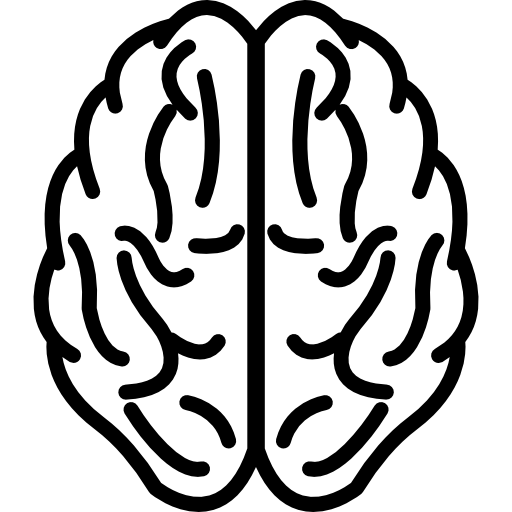

Since then, scientists have done work to map out the brain of a rat, and of course, the fruit fly. At the time, it was the largest map of the brain to date. Two decades later, Dmitri Chklovskii, then a group leader at Janelia, finished the work by publishing a more detailed version of the worm connectome. The crazy thing? This was all done by hand. By 1986, a near-complete version of the connectome was published, showing off almost all of the worm's 302 neurons and 7,000 connections-called synapses-between them. In the 1970s, a biologist named Sydney Brenner began preserving parts of the worm, cutting up thin slices of its body and taking photos of it under an electron microscope. To date, only one animal has ever had its full connectome published: Caenorhabditis elegans, a transparent roundworm that's only about one millimeter long. Sherbrooke Connectivity Imaging Lab (SCIL) // Getty Images The corpus callosum, a thick band of nerve fibers that separates the left and right hemispheres, is shown, along with anterior commisures and connections into the gray matter. The researchers can even pull apart the map and isolate brain regions dealing with a fly's sense of smell, vision, or ability to navigate, drilling down into the brain connections they'd like to see.Īn axial view of rat brain connectivity. Called a wiring diagram, or a connectome, the map looks a bit like a 3D pile of Silly String, using neon colors to represent various portions of the brain that scientists are interested in studying. Google and Janelia Research Campus, part of the Howard Hughes Medical Institute in Loudoun County, Virginia, have created what they claim to be the world's largest and most detailed map of a brain. For the first time, we can see about 25,000 of those neurons, across 4,000 different kinds, and their millions and millions of connections in the brain. Connectomes, the maps illustrating connections in the brain, have been criticized by some scientists in the past because so far, they haven't led to any major breakthroughs.ĭrosophila melanogaster, otherwise known as the fruit fly, has a pretty impressive dome for being so small-as in, its brain contains over 100,000 neurons, or brain cells.

Their research was published earlier this week in the biology pre-print journal bioRxiv.Google and Janelia, a research campus at the Howard Hughes Medical Institute in Loudoun County, Virginia, have created "the most complete map of the fly brain ever created.".


 0 kommentar(er)
0 kommentar(er)
